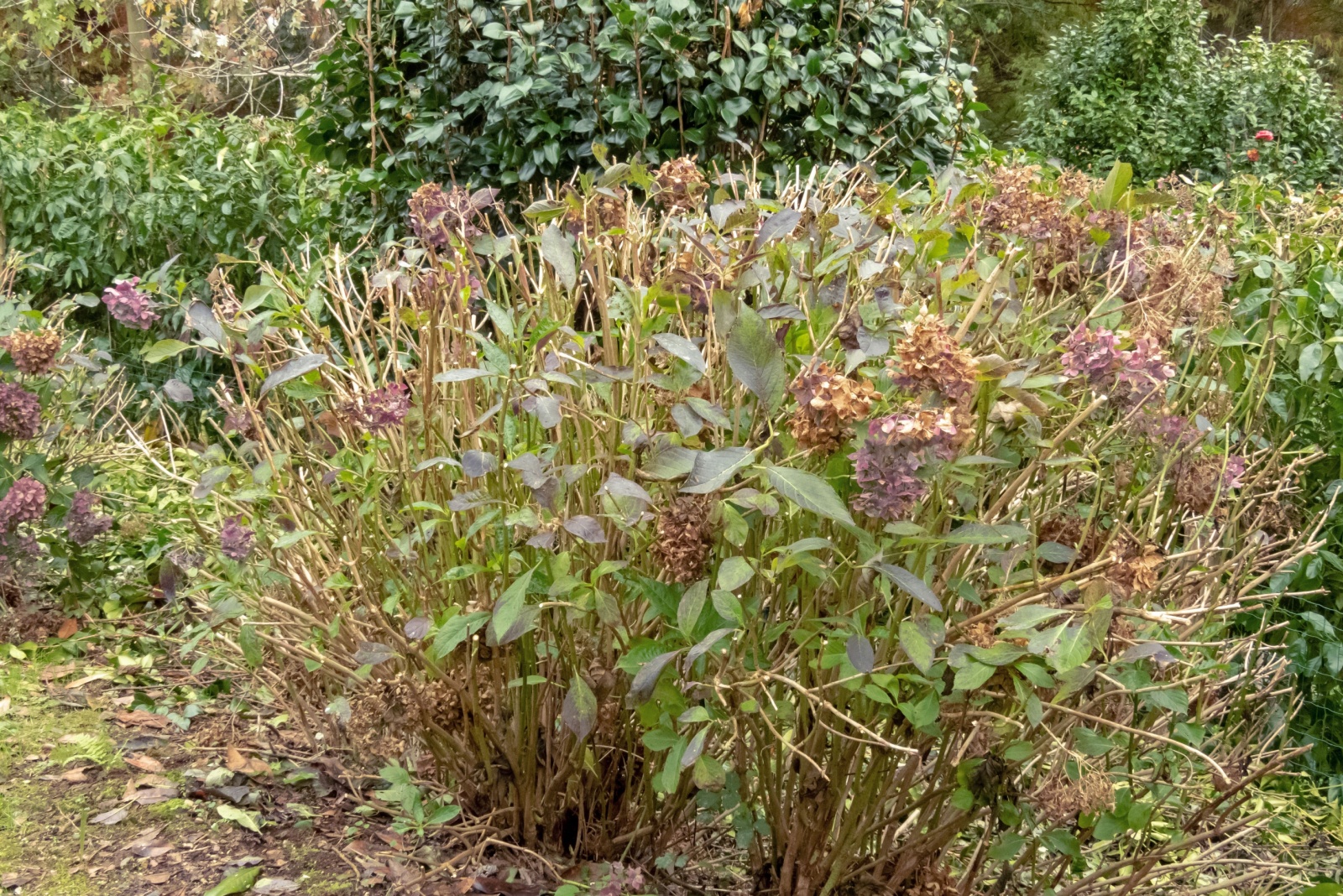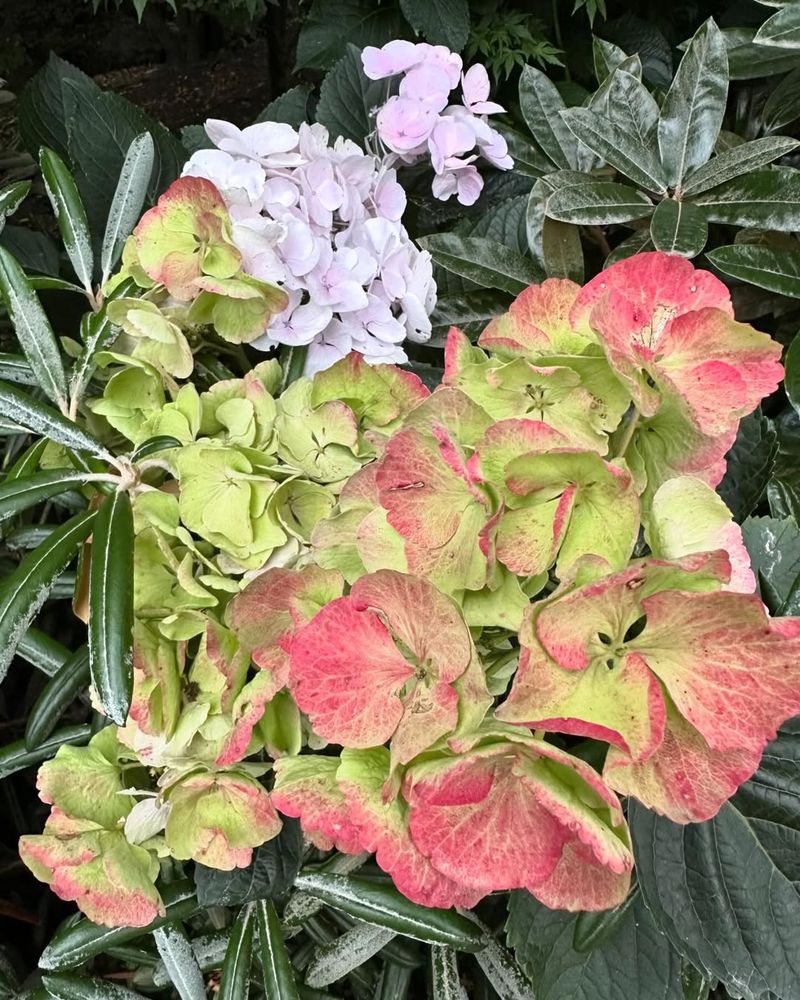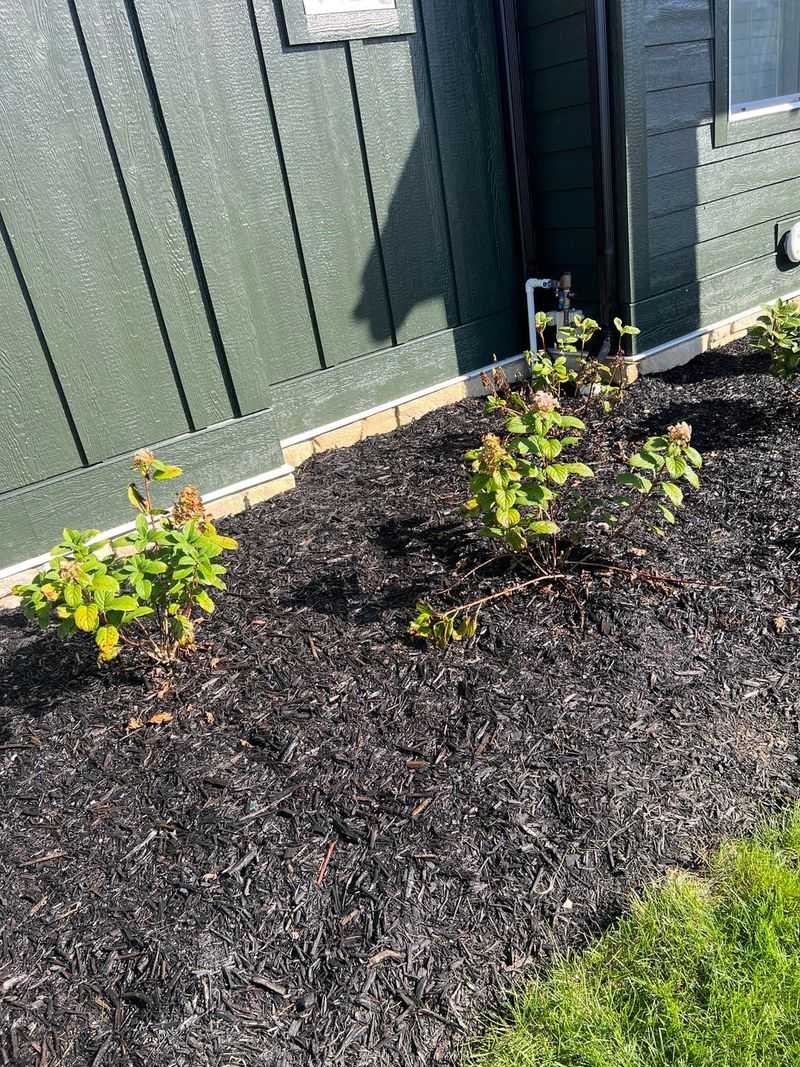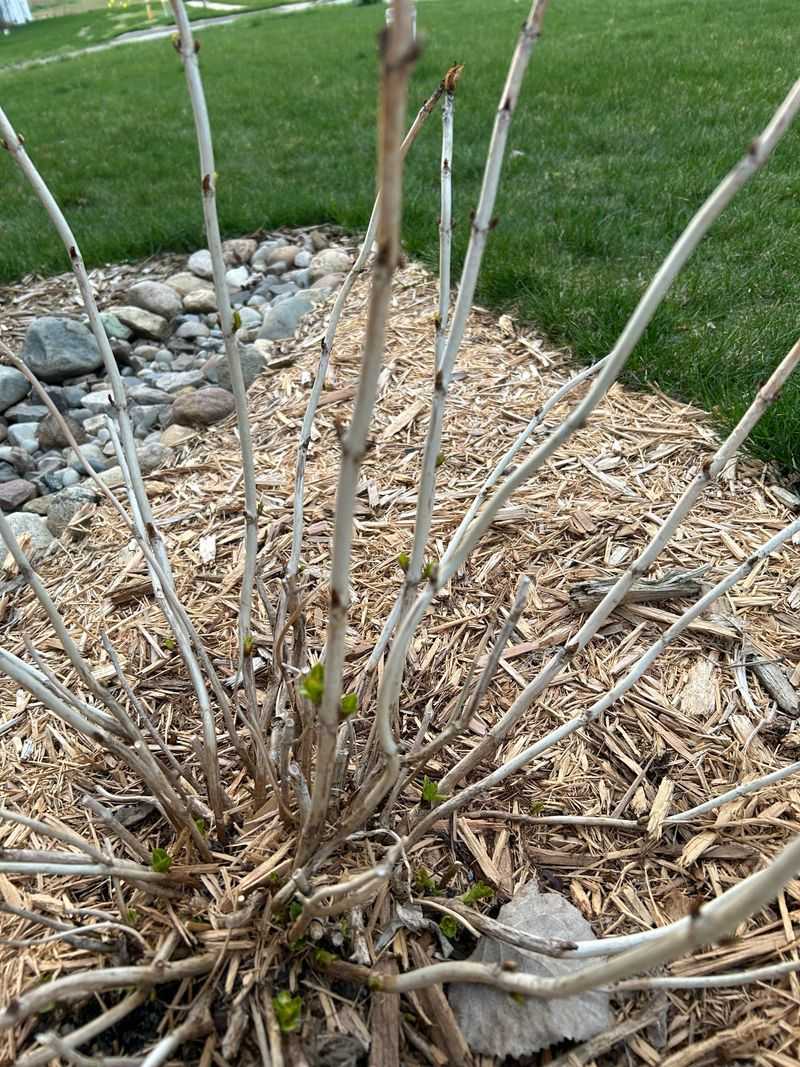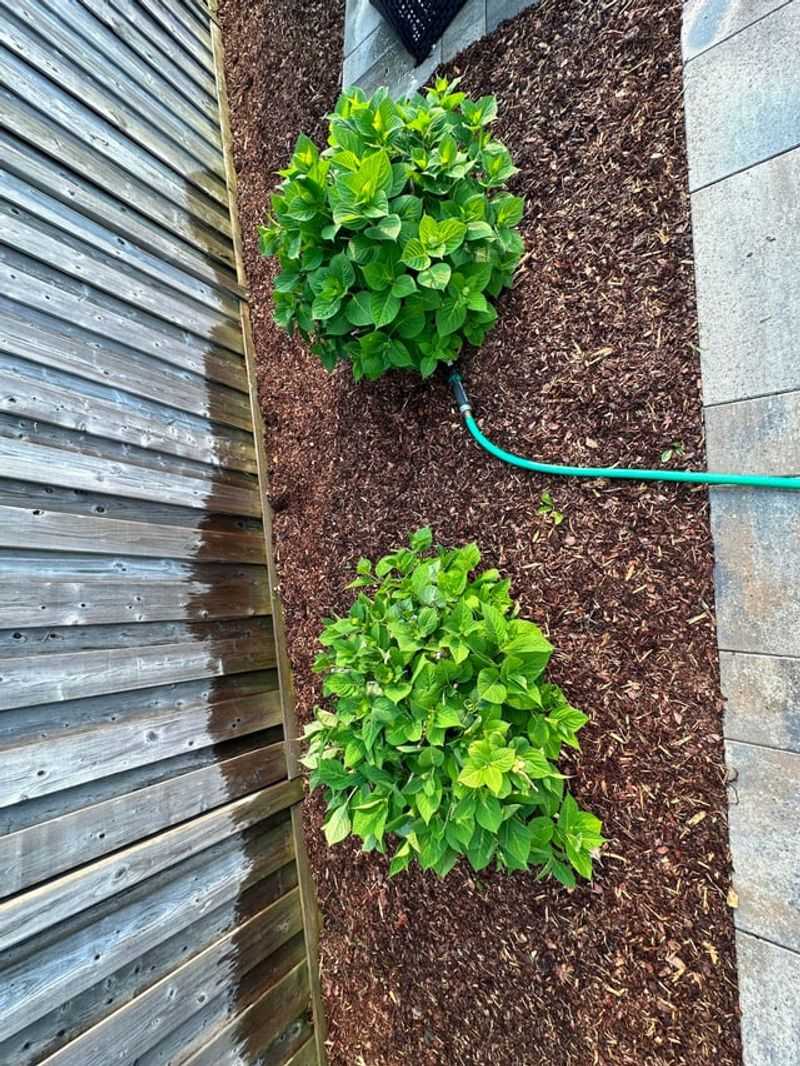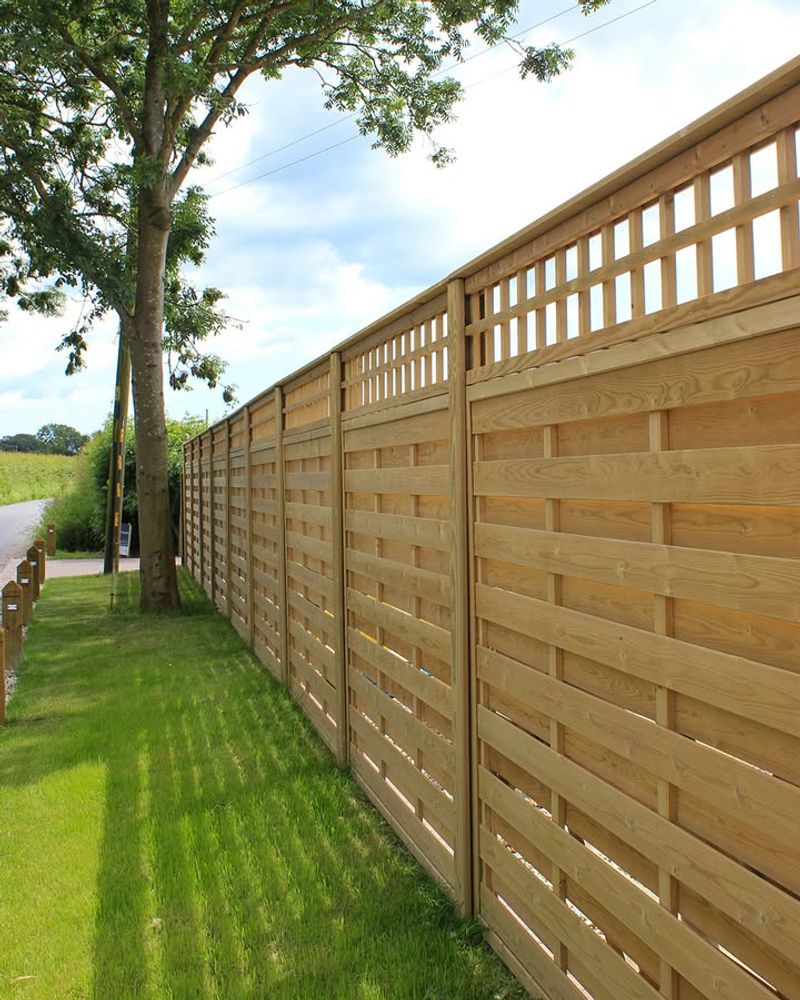October in Illinois brings cooler temperatures and shorter days, which means your hydrangeas need special attention right now. These beautiful flowering shrubs require specific care before winter arrives to ensure they survive the cold months ahead.
Acting quickly during this critical week can make the difference between vibrant blooms next spring and disappointing results.
1. Stop Fertilizing Your Plants Immediately
Your hydrangeas need to start preparing for winter dormancy, and feeding them now would be a mistake. Fertilizer encourages new growth that won’t have time to harden before frost hits Illinois.
Tender shoots will die back when temperatures drop, wasting the plant’s energy. Give your hydrangeas their last meal in late summer, then let them rest. Focus instead on watering and mulching to help roots stay strong through the coming cold months ahead.
2. Add a Thick Layer Of Protective Mulch
Mulch acts like a cozy blanket for your hydrangea’s root system during harsh Illinois winters. Spread a three to four inch layer of shredded bark, wood chips, or compost around the base of each plant.
Keep mulch a few inches away from the stems to prevent rot and disease. This protective barrier helps regulate soil temperature and locks in moisture that roots desperately need. Wait until after the first light frost to apply mulch for best results.
3. Prune Only Dead Or Damaged Branches
Many gardeners make the mistake of heavy pruning in fall, but hydrangeas set their flower buds for next year during autumn. Cutting back healthy stems now means fewer blooms come spring.
Remove only branches that are clearly broken, diseased, or completely dead. Save major shaping and pruning for late winter or early spring when you can see which buds survived. A light touch now protects your investment in next season’s beautiful display.
4. Water Deeply Before Ground Freezes
Hydrangeas enter winter stressed if their roots are dry, making them vulnerable to cold damage and dieback. Give each plant a thorough soaking once a week if rainfall is scarce this October.
Water until the soil feels moist six inches down, ensuring roots have plenty to drink. Continue this routine until the ground freezes solid, usually in late November across Illinois. Well-hydrated plants handle temperature swings better and bounce back stronger when spring arrives.
5. Build Wind Barriers For Exposed Plants
Illinois winds can be brutal during winter, drying out hydrangea stems and damaging tender buds that formed this fall. Plants in open areas face the harshest conditions and need extra protection.
Create simple barriers using burlap wrapped around stakes, forming a shield on the windward side. Leave the top open for air circulation and avoid wrapping plants too tightly. Did you know? Even a basic barrier can reduce wind damage by seventy percent, giving your hydrangeas fighting chance.
6. Leave Flower Heads On Until Spring
Those brown, dried flower heads might look messy, but they serve an important purpose through Illinois winters. Old blooms provide insulation for delicate buds forming underneath, protecting them from freezing temperatures and ice.
Resist the urge to clean up and deadhead right now. The dried flowers also add interesting texture to winter gardens and provide food for birds seeking seeds. Wait until early spring to remove them, just as new growth begins emerging from the base.

